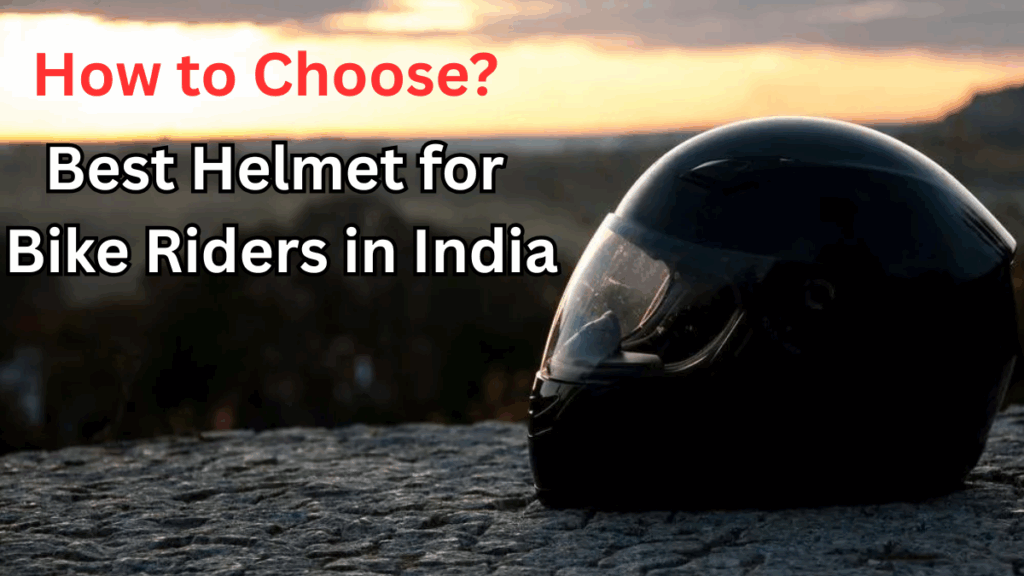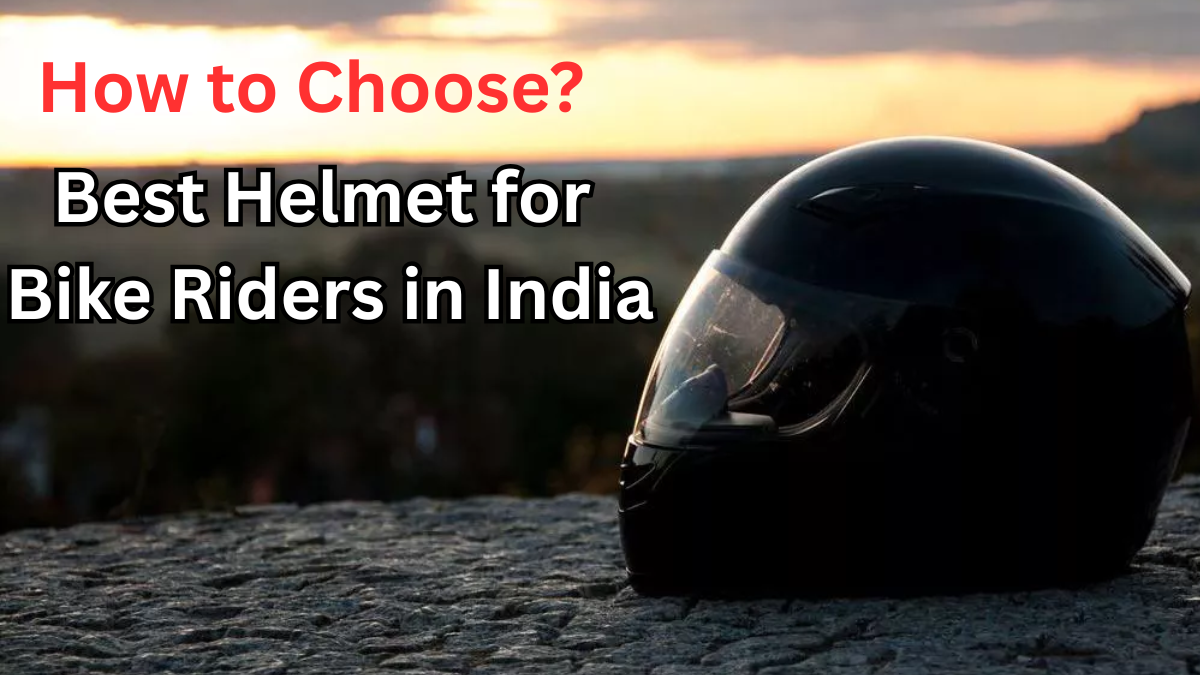When it comes to riding a motorcycle in India, safety should never take a back seat. Your helmet is more than just a legal requirement—it’s your first line of defense in case of an accident. But with so many options in the market, how to choose the best helmet for bikers becomes a confusing question for many.
This guide will walk you through everything you need to know—from certifications to comfort—so you can invest wisely in your riding safety gear.

Why a Good Helmet Matters?
Helmets are life-savers—literally. According to the Ministry of Road Transport and Highways (MoRTH), wearing a helmet can reduce the risk of head injury by 70% and death by 40%.
Here’s what a good helmet offers:
-
Impact Protection: Absorbs shocks during accidents
-
Weather Shielding: Protects from dust, wind, and rain
-
Comfort: Allows for longer, fatigue-free rides
-
Noise Reduction: Minimizes wind noise at high speeds
Key Features to Look For in a Helmet
When thinking about how to choose the best helmet for bikers, focus on the following essential elements:
ISI Certification
An ISI helmet guide should be your starting point. Look for the ISI mark (IS 4151), which indicates the helmet meets Indian safety standards.
| Feature | What to Check For |
|---|---|
| Certification | ISI, DOT (US), ECE (Europe) |
| Fit | Snug, not tight; sits firmly on the head |
| Visor Quality | Scratch-resistant, UV-protected |
| Ventilation | Adequate air vents for airflow |
| Padding | Removable and washable liners |
Fit and Comfort
A helmet that doesn’t fit properly is almost as bad as not wearing one. Make sure:
-
It sits level on your head
-
There are no pressure points
-
The strap fastens securely under your chin
Material Matters
Helmets are generally made of:
-
Thermoplastic: Budget-friendly but heavier
-
Fiberglass or Carbon Fiber: Lightweight and highly durable, ideal for regular riders
Type of Helmet
There are different styles, each offering varying levels of protection:
| Helmet Type | Best For |
|---|---|
| Full Face | Maximum protection for highway riders |
| Open Face | City commuters, better visibility |
| Modular (Flip-up) | Touring riders who need flexibility |
| Off-Road | Adventure biking, dirt tracks |
Pair It With Proper Riding Safety Gear
A helmet is just one piece of the puzzle. Combine it with:
-
Gloves: Protect hands in case of falls
-
Jackets with padding: Guard your spine and elbows
-
Knee guards or riding pants
-
Reflective gear for nighttime visibility
Choosing a helmet as part of a complete riding safety gear set is the smart way to stay safe on Indian roads.
Top Tips: How to Choose the Best Helmet for Bikers in India
Still confused? Here’s a quick checklist to make your decision easier:
-
✔️ Always choose an ISI-certified helmet (refer to the ISI helmet guide)
-
✔️ Test the fit—shake your head slightly to ensure it stays in place
-
✔️ Check ventilation and visor clarity
-
✔️ Choose the helmet type based on your ride (commute vs highway)
-
✔️ Don’t compromise quality for cost—this is your head we’re talking about
FAQs:
Q1. What is the ISI mark, and why is it important?
A: The ISI mark confirms that the helmet adheres to the Indian safety standard IS 4151. It ensures your helmet has passed rigorous crash and impact tests.
Q2. How do I know if a helmet fits me properly?
A: It should sit snugly on your head without wobbling. You should be able to fit no more than one finger between your head and the helmet padding.
Q3. Can I buy a helmet online in India?
A: Yes, but it’s best to try it in-store first to confirm the fit. If buying online, make sure there’s a good return policy and check for the ISI certification.
Q4. How often should I replace my helmet?
A: Ideally every 3–5 years, or immediately after an impact or accident—even if there’s no visible damage.
Click here to learn more
